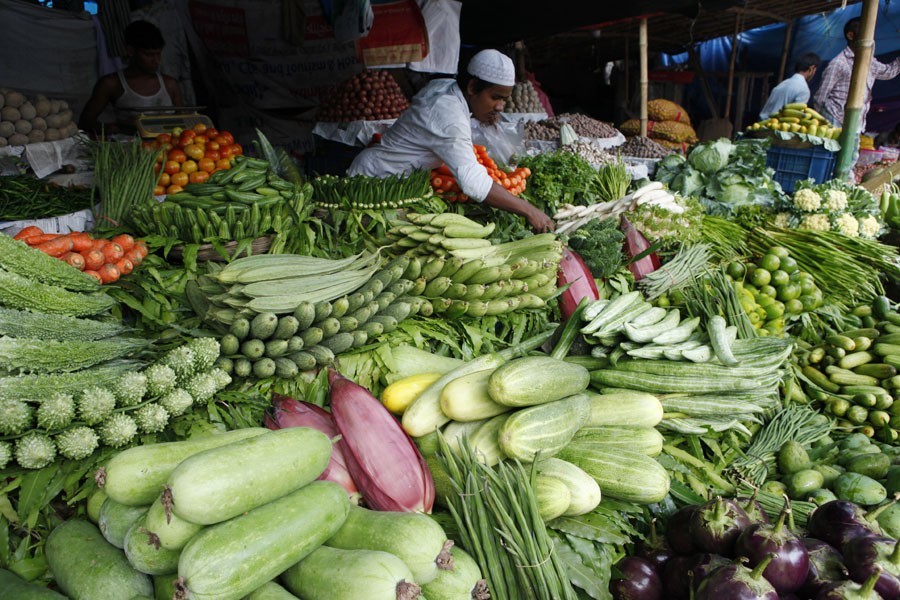The country's core inflation rose by more than 1.0 percentage point last year, posing a challenge for the next monetary policy of the central bank, officials said.
The core inflation expanded to 4.65 per cent on annual average basis in December last from 3.59 per cent in January 2018, according to the latest report of Bangladesh Bank (BB).
The figure was 3.94 per cent in July 2018.
"Of course, we are seeing this upward trend of core inflation as a challenge for the next monetary policy statement (MPS)," a senior BB official told the FE on Monday while replying to a query.
Currently, the central bank is measuring the core inflation, excluding food and fuel components from the consumer price index (CPI).
Core inflation is a measure which excludes transitory or temporary price volatility as in the case of some commodities such as food items, energy products etc. It reflects the inflation trend in an economy.
The core inflation is calculated with more than 33 per cent contents of the CPI, the central banker explained.
The prime objective of computing core inflation is to separate out the components of headline inflation, officially known as general inflation, which is caused by non-monetary events, as these price changes do not reflect the impact of underlying monetary policy decisions.
The central bank may maintain its cautious position on containing inflationary pressure on the economy in the upcoming MPS, as the average core inflation witnessed an upward trend in 2018, the official hinted.
The central bank is set to unveil its second half-yearly MPS tomorrow (Wednesday), aiming to achieve sustainable economic growth and curb inflation.
Talking to the FE, another BB official said the upward trend of non-food inflation pushed up the core inflation in 2018 despite the falling trend of headline inflation.
The non-food inflation rose to 4.51 per cent in December last on annual average basis from 3.52 per cent in January 2018 while the general inflation came down to 5.55 from 5.77 per cent in January 2018.
"Easy monetary financial conditions that prevailed during last two years made credit available along with lower interest rates on deposit helped increase non-food inflation in the recent months," an expert on monetary policy told the FE.
In the first half of 2018, the private credit growth was high. But in the second half it subsided to some extent.
To reduce non-food inflation, the authorities should take effective measures for curbing credit flow to unproductive sectors and to increase the interest rates on deposit that will help improve savings habit of the people, the expert added.
"Actually, the inflation depends on different factors, including prices of commodities in the global market, weather, overall production and inflationary trend of close-door neighbouring countries," he explained.
The government had set the average annual inflation target at a maximum of 5.6 per cent for the current fiscal year (FY) 2018-19.
Senior BB officials, however, expect that credit flow to the private sector may increase in the H2 of FY '19 to meet foreign trade financing that is estimated at around US$100 billion.
siddique.islam@gmail.com


